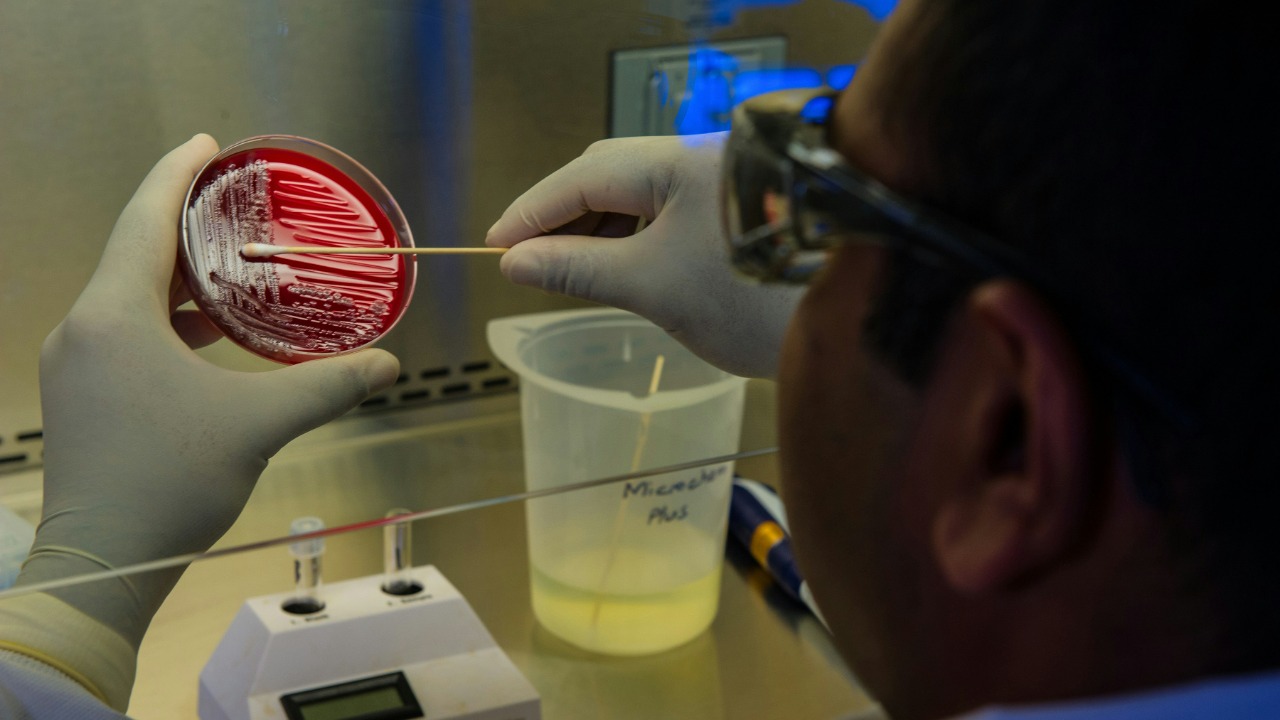
In the quest to understand human biology and enhance medical treatments, scientists are exploring innovative environments like zero gravity. Recent advancements have seen the successful cultivation of muscle tissues in space, opening new frontiers for medical research and biotechnological applications. These breakthroughs in lab-grown muscle in a zero-gravity environment have the potential to significantly impact the future of medicine.
The Science Behind Space-Grown Muscle Tissues
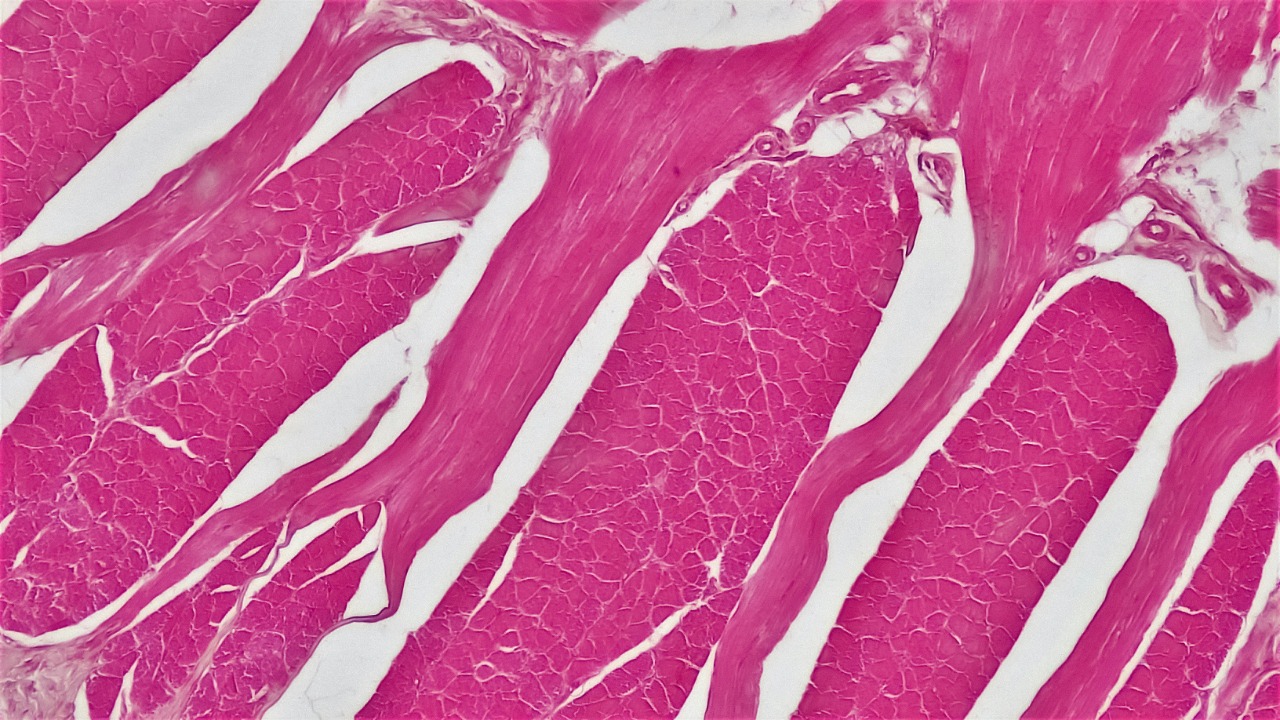
To cultivate muscle tissues in a zero-gravity environment, scientists employ sophisticated techniques that leverage the unique conditions of space. Space-based laboratories, like those aboard the International Space Station (ISS), provide a setting where researchers can observe how cells behave and grow without the influence of Earth’s gravitational pull. This setting allows for a more nuanced understanding of cellular development, as seen in recent studies that highlight the distinct differences in muscle tissue growth between Earth and space.
Space-based laboratories play a crucial role in advancing muscle tissue growth research by offering an environment that cannot be replicated on Earth. These facilities allow for the precise control of experimental variables and provide a unique perspective on how muscle cells proliferate and differentiate in microgravity. This research is critical for understanding the fundamental aspects of muscle cell biology and how they can be manipulated for therapeutic purposes.
Cell behavior and growth differ significantly between Earth and space conditions. On Earth, gravity affects how cells organize and interact, influencing their growth patterns and structural development. In space, however, the absence of gravity leads to changes in cell morphology, gene expression, and protein synthesis, offering new insights into the biological processes that underpin muscle formation and maintenance.
Benefits of Zero Gravity for Muscle Growth

Microgravity conditions in space enhance the development and growth of muscle cells by altering their biological pathways. Research has demonstrated that muscle cells can experience accelerated growth and differentiation in a zero-gravity environment, which could have profound implications for muscle regeneration and repair. This acceleration is due in part to the reduced mechanical stress on cells, allowing them to focus energy on growth and development rather than structural adaptation.
The potential for improved muscle regeneration and repair in space-grown tissues is particularly promising for addressing muscle atrophy and related diseases on Earth. Muscle atrophy, a common issue for astronauts and patients with degenerative muscle diseases, could benefit from insights gained through zero-gravity research. By understanding how muscles grow and regenerate in space, scientists can develop new treatments and therapies that target the underlying causes of muscle degeneration.
Furthermore, the implications for understanding muscle atrophy extend beyond space research. By studying muscle growth in microgravity, researchers can gain a better understanding of how muscle tissues respond to various stimuli and stressors, potentially leading to breakthroughs in the treatment of muscle-related ailments and improving overall muscle health.
Implications for Stem Cell Therapy
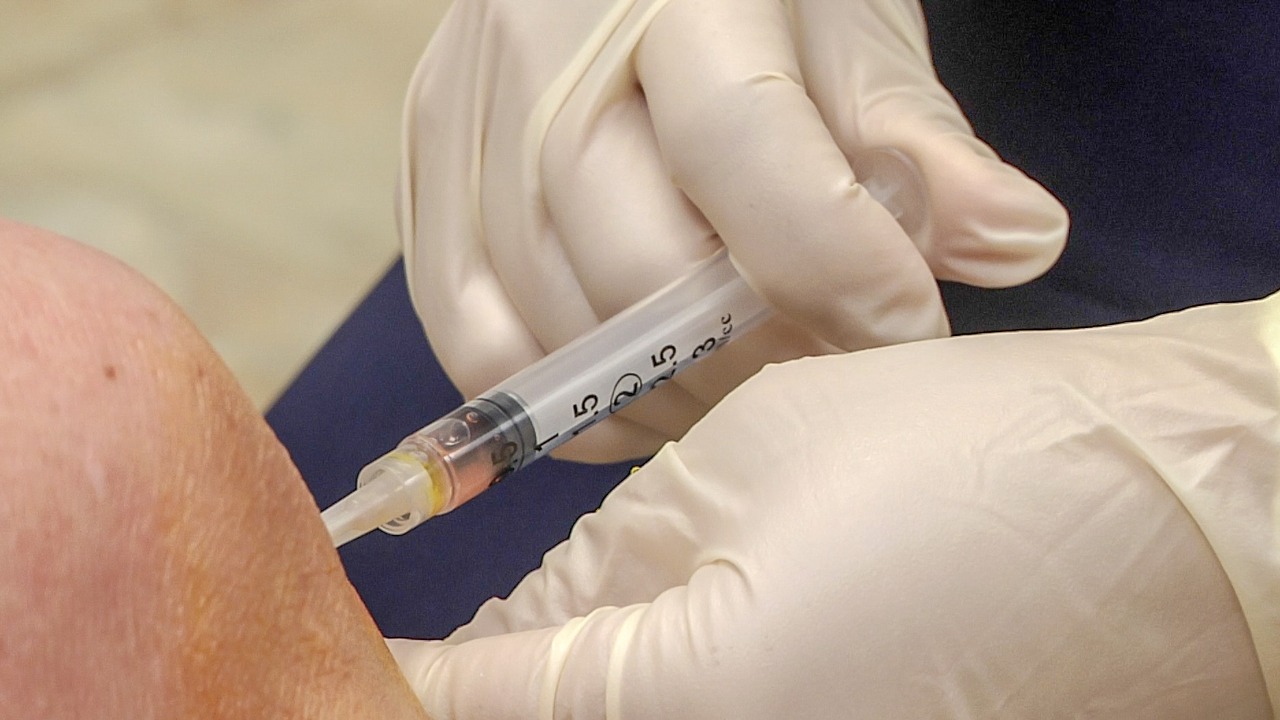
Space experiments contribute significantly to advancements in stem cell research and therapy. The unique environment of space offers an unparalleled opportunity to study how stem cells differentiate and grow in the absence of gravity. This research has the potential to revolutionize stem cell therapy by providing new insights into how these cells can be directed to form specific tissues, including muscle. According to the Mayo Clinic, space is a new frontier for exploring stem cell therapy, offering novel ways to improve treatment outcomes.
Space-grown tissues could play a crucial role in treating muscle-related ailments and degenerative diseases. By leveraging the unique properties of space-grown cells, scientists can develop therapies that are more effective at repairing damaged tissues and restoring normal function. These advancements have the potential to benefit patients with a wide range of conditions, from muscular dystrophy to age-related muscle loss.
The broader applications of space-based stem cell therapies in regenerative medicine extend beyond muscle tissue. Insights gained from space research could lead to innovations in the treatment of various diseases and injuries, paving the way for more effective and personalized medical interventions.
Challenges and Considerations
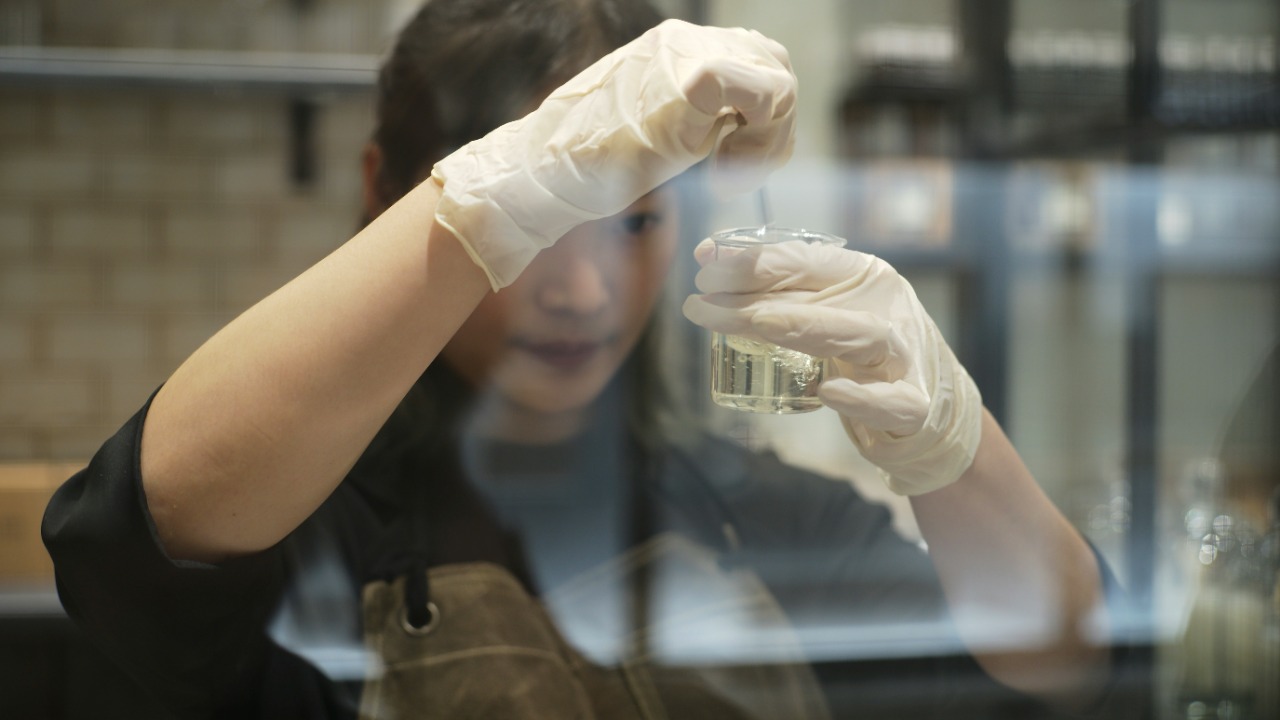
Conducting biological experiments in space presents several technical and logistical challenges. Transporting equipment and materials to space requires careful planning and coordination, and researchers must contend with the limitations of working in a confined and controlled environment. Despite these challenges, the potential benefits of space-based research justify the investment in resources and technology.
Ethical implications also arise from space-based biological research. It is crucial to consider how this research impacts human health and well-being, both in space and on Earth. The ethical considerations surrounding space research require careful examination to ensure that the benefits outweigh the risks and that the pursuit of scientific knowledge aligns with societal values.
Financial and resource investment is another critical consideration for continued research in this field. The cost of conducting experiments in space is significant, and funding must be secured to support ongoing research efforts. Collaborative international efforts, such as those facilitated by the ISS National Lab, play a vital role in advancing space-based research and ensuring that resources are used effectively.
Future Prospects and Innovations
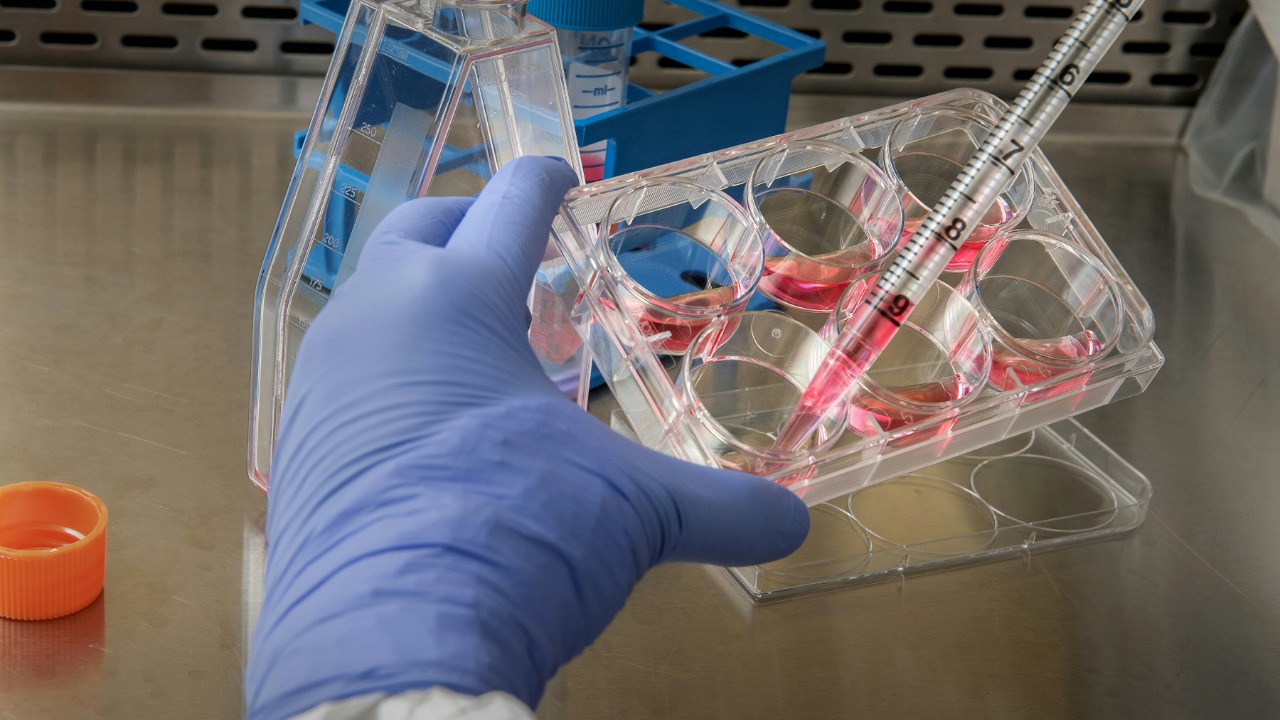
The future of space-based biological research holds exciting prospects for technological advancements. As technology continues to evolve, new tools and techniques will enable more sophisticated experiments and a deeper understanding of cellular processes in space. These advancements could lead to groundbreaking discoveries that transform how we approach medical research and treatment.
The potential for commercial and industrial applications of space-grown muscle tissues is significant. As researchers gain a better understanding of how muscle cells grow and develop in microgravity, industries such as pharmaceuticals and biotechnology could leverage this knowledge to create new products and therapies. This commercialization could drive economic growth and lead to innovative solutions for health-related challenges.
Collaborative international efforts in space research are essential for advancing medical science. By working together, countries can share resources, knowledge, and expertise, leading to more comprehensive and impactful research outcomes. As space-based research continues to evolve, these international partnerships will be crucial in addressing the complex challenges of human health and disease.